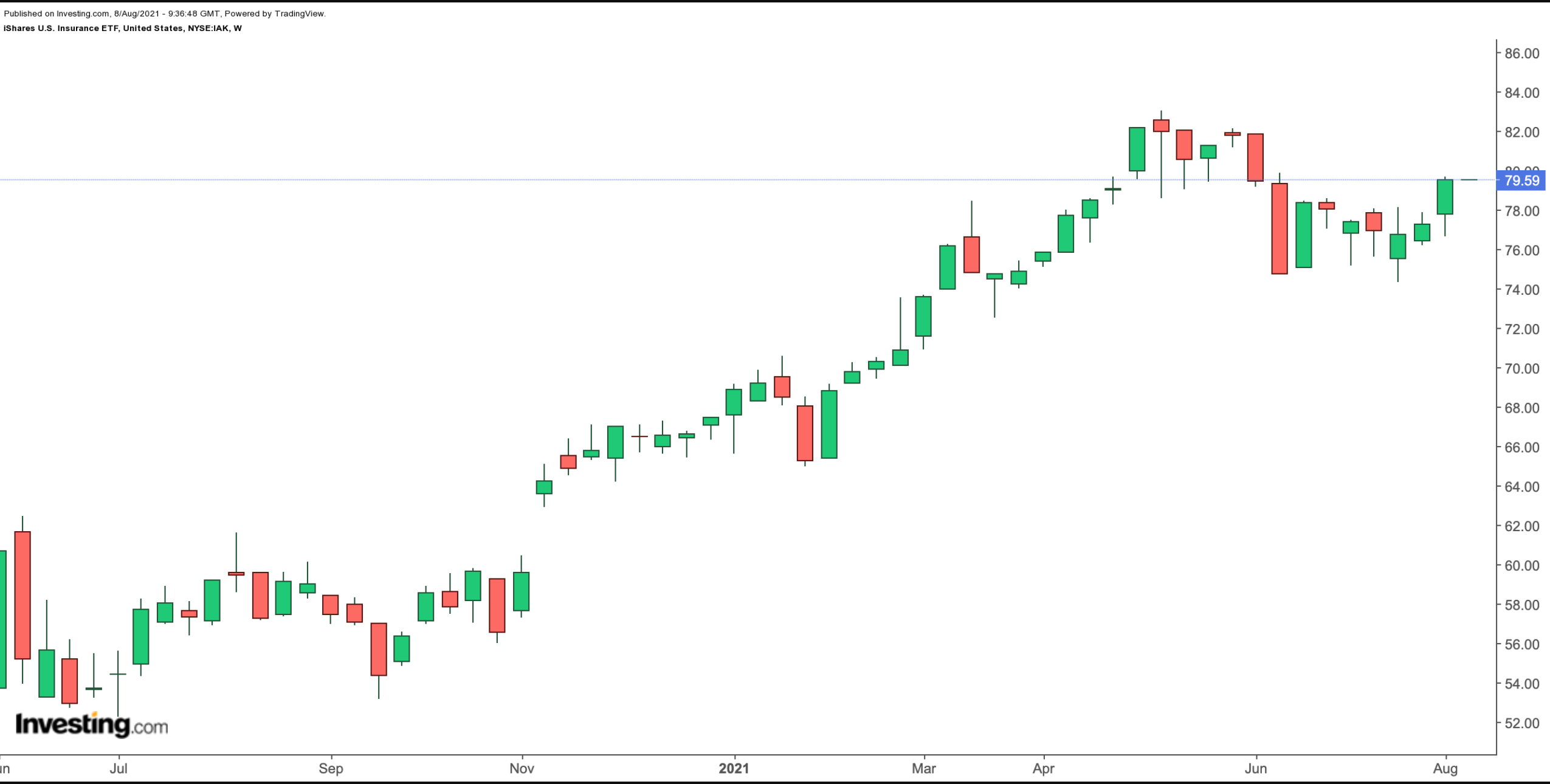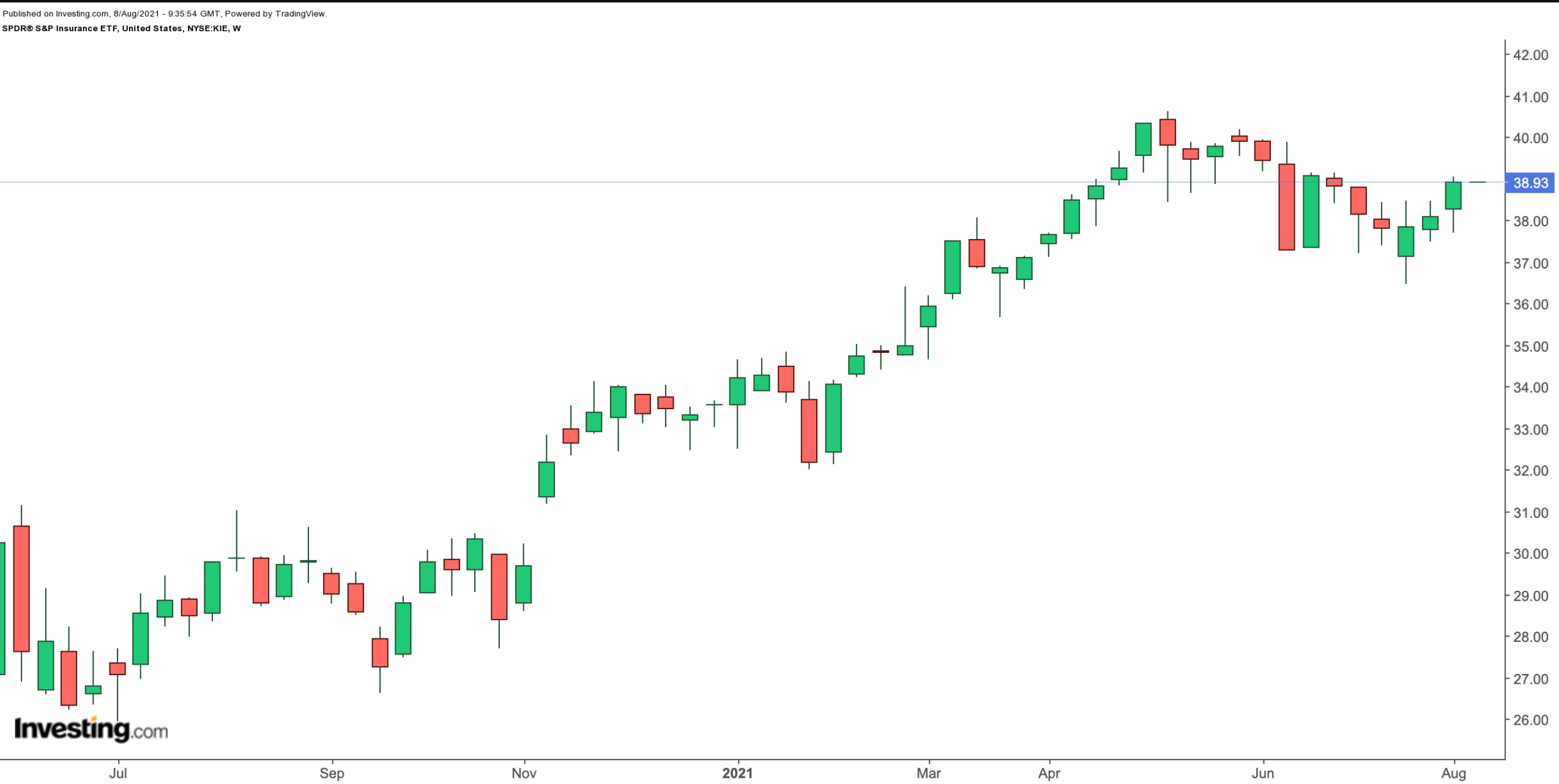Insurance coverage is a crucial part of risk management and can provide a safety net when potential dangers get out of control. Individuals are better positioned to deal with some of life's uncertainties if they have health, property, or unemployment insurance.
In addition, insurance helps corporations and entrepreneurs mitigate risks that could otherwise affect or even destroy their businesses and reputations.
In the US, the industry is typically divided into three segments:
- Property/casualty (P/C): includes auto, home and commercial insurance;
- Life/annuity: provides life insurance and annuity products; and
- Private health insurance
Some statistics, however, might also include health insurance within the life/annuity segment. Recent metrics show that in 2019, insurance premiums written stateside totaled 1.3 trillion. Put another way, the industry is an essential part of the US economy and capital markets.
COVID-19 affected insurance writers, "especially those writing events cancellation and workers' compensation...in large part due to US$6.8 billion in incurred losses related to COVID-19 and concurrent drops in premium volume for key lines" recorded in the first half of 2020.
Yet analysts are optimistic for the future:
"Overall, global premiums are expected to rise by +5.1 percent. After the sharp decline in the previous year, the recovery in the Life segment (+5.7%) will be somewhat stronger than in the Property segment (+4.2%)...Globally, average growth of over 5 percent over the next ten years appears possible."
With that information, here are two exchange-traded funds (ETFs) that could appeal to investors who believe the sector could grow further in the coming quarters.
1. iShares U.S Insurance ETF
- Current price: $79.59
- 52-week range: $53.14 - $83.04
- Dividend yield: 1.94%
- Expense ratio: 0.42% per year
The iShares U.S Insurance ETF (NYSE:IAK) affords exposure to businesses providing life, property and casualty, and full-line insurance. The fund started trading in May 2006, and net assets stand around $107 million.

IAK, which has 62 holdings, tracks the returns of the Dow Jones U.S. Select Insurance Index. In terms of sectors, we see property and casualty insurance (50.68%) followed by life and health insurance (27.44%) and multi-line insurance (12.80%). The top 10 names make up about 60% of net assets. In other words, it is a top heavy fund.
Leading holdings include insurance heavyweights Chubb (NYSE: NYSE:CB), Progressive (NYSE:PGR), MetLife (NYSE:MET) American International Group (NYSE:AIG), and Prudential Financial (NYSE:PRU).
The fund returned close to 38% in the past year, and 18% year-to-date (YTD). It also saw a record high in May. The current price supports a dividend yield of 1.94%.
We should note that insurance companies typically create shareholder value through buybacks and dividends. Thus IAK could be of interest to passive income seekers, too.
Trailing P/E and P/B ratios stand at 13.15 and 1.33. In other words, despite the recent run-up in price, valuation levels are not overstretched. As part of portfolio diversification, we'd consider buying IAK around $75 or even lower.
2. SPDR S&P Insurance ETF
- Current price: $38.93
- 52-week range: $26.62 - 40.61
- Dividend yield: 1.83%
- Expense ratio: 0.35% per year
Our second fund, the SPDR® S&P Insurance ETF (NYSE:KIE), also gives exposure to a wide range of insurance companies. The fund began trading in November 2005.

KIE, which has 54 holdings, follows the modified equal-weighted KBW Insurance Index. The fund's leading 10 stocks comprise about 22% of net assets of $465.1 million. Put another way, regardless of market capitalization, each company has a weighting of around 2% in the fund.
Among the leading names are the pet insurance provider Trupanion (NASDAQ:TRUP), personal lines insurance agency Goosehead Insurance (NASDAQ:GSHD), insurance and consulting giant Marsh & McLennan (NYSE:MMC), specialty insurance group Kinsale Capital (NASDAQ:KNSL), and Athene (NYSE:ATH), which offers retirement products.
The fund's sub-sectors include Property & Casualty Insurance (43.31%), Life & Health Insurance (26.17%), Insurance Brokers (13.76%), Reinsurance (8.87%), and Multi-Line Insurance (7.89%). Such an allocation means that KIE invests in any business that might have an insurance component.
Since the beginning of the year, the fund is up close to 16% and also hit an all-time high in May. Trailing P/E and P/B ratios stand at 11.59 and 1.01, respectively.
Despite the increase in price in recent months, we believe the fund still offers value around these levels.
